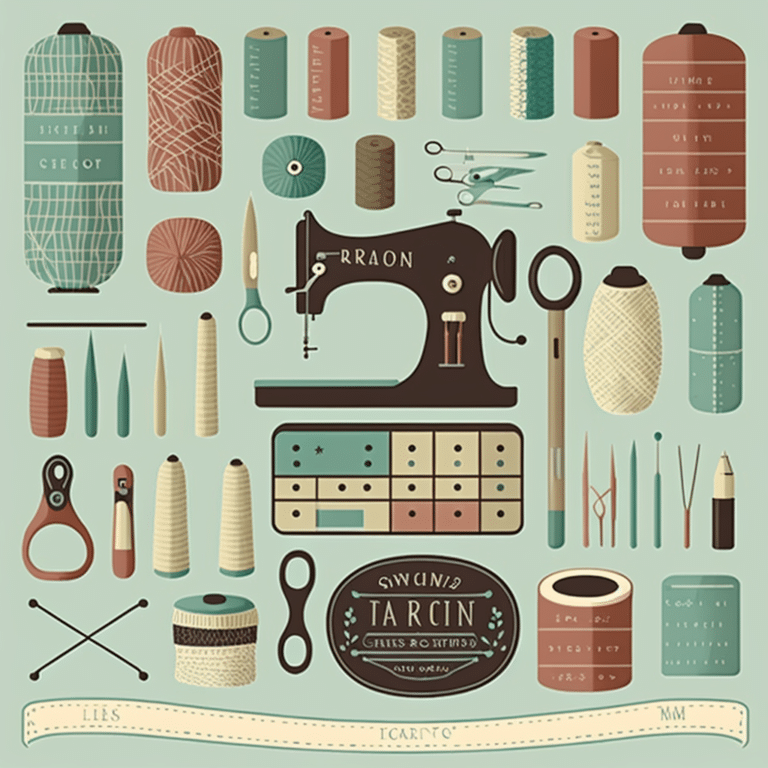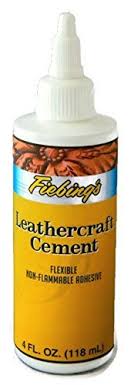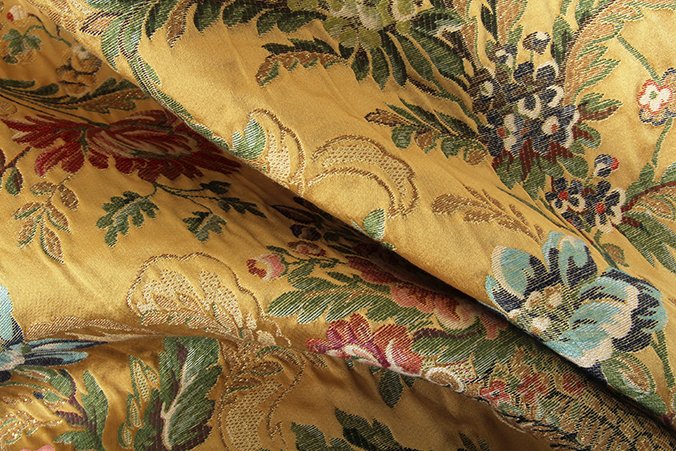Cambric Fabric: History, Properties, Uses, Care, Where to Buy
I can bet you good money that if you go and open your closet right now, you will find a garment fashioned out of cambric! It is basically a fashion suicide if you don’t know what cambric fabric is in this day and evolved style. Your mid-summers would be practically incomplete without this fabric painting them with its mellow hues and delightful outlook.
This pure cotton fabric is super light and is closely woven. Designers worldwide are head over heels for this remarkable linen fabric as they could easily dye it, print on it, or enhance it with beautiful embroidery. This material just brings out the best in a dress. Let’s learn why cambric should make a place in your closet if it already hasn’t.
| Topic | Summary |
|---|---|
| History of Cambric | Cambric fabric originated in Cambrai in the late 16th century. It quickly gained popularity in Europe. |
| Properties of Cambric | – Tight and twisted weaving allows for embroidery and lacework. – Lightweight and easy to wear. – Breathable and comfortable. – Retains colors well. |
| Common Uses for Cambric | – Artwork: Used as a base for needlework and embroidery. – Garments: Used for dress shirts, gowns, suits, and tops. – Undergarments: Used for night suits and lightweight undergarments. – Common Accessories: Used for napkins, innerwear, handkerchiefs, table mats, and pocket-squares. |
| Caring for Cambric | Cambric is durable and can be washed gently without harsh detergents or chemicals. Air-drying is preferable. |
Pros:
- Versatile fabric suitable for various uses.
- Allows for intricate embroidery and lacework.
- Lightweight and comfortable to wear.
- Retains colors well.
Table of Contents
History of Cambric
Cambric’s name was derived from its place of origin, Cambrai. In the late 16th Century, this fine, plain weave cotton cloth was first manufactured, and then it spread like wildfire throughout Europe. France early recognized the potential of this cloth outside its origin place and introduced it to the world of fashion. Since then, cambric has been a staple fabric used to design casual and even high-end premium designer clothes.
Properties of Cambric
Cambric possesses many distinct attributes that make it so perfect for its use like:
Tight and Twisted Weaving
Cambric is woven by employing the above-mentioned weaving types. This allows designers to incorporate embroidery and heavy lacework on this fabric easily.
Light-weight
As cambric is originally made from cotton, it is extremely lightweight and super easy to wear and carry.
Breathable
The flow of air is continuous in this fabric because of the partition in its fibers. This makes cambric highly comfortable and breathable.
Easily Dyed
This fabric retains the colors well, so with ease of dying, cambric has the potential of retaining colors.
Common Uses for Cambric
Even though the fashion industry has advanced to unfathomed levels, it still hasn’t been able to find an apt alternative for cambric. It remains the best for its versatile use. Its most common and notable uses are:
Artwork
Cambric is used to make canvas and is used as the base on which people showcase their needlework. Most designers work on it to display their designs or execute their remarkable embroidery and weaving techniques.
Garments
Most of the men’s dress shirts, gown for women, casual suits, and women’s tops are designed from cambric because of their soft texture and breathable nature.
Under Garments
Night suits for men and women and their lightweight undergarments are designed from cambric as this fabric is incredibly comfortable.
Common Accessories
People design napkins, innerwear, and handkerchiefs from cambric. Table mats and even pocket-squares are made from cambric. This expands its use parameter as it is used to make table and fashion accessories.
Caring for Cambric
Cambric is a durable and good quality fabric. It is used so widely because it is capable of surviving rough use. But if you take good care of it, your generations can benefit from a well-styled cambric dress.
Just like you wash cotton, on a gentle wash cycle, without the use of any harsh detergents and chemicals, wash cambric similarly. If you are embroidering a patch onto it, make sure you either use the universal, standard needle or a lighter needle if the cambric piece is fine.
You can toss it in the dryer but make sure that if it’s an option, always prefer air-drying. Try to avoid excessive washing too. If you follow these guidelines (which aren’t too much of a task), I can guarantee that the cambric piece of clothing will outlive all your other clothes.
Where to buy Cambric Fabric
We recommend buying Cambric fabric at https://amzn.to/4b6kxLB.







